Local weather information in Vietnam for a complete trip
With a territory stretching from sub-temperate to tropical regions, Vietnam has many different local weather types depending on the region.
Vietnam, a beautiful country in Southeast Asia, is famous for its diversity of landscapes and a rich and diverse culture. To prepare for a complete trip to Vietnam, you need to carefully learn about the weather and climate of the place you are going to. In this article, Vietnam Local Guide will provide information about local weather in three regions of Vietnam, helping you have a complete and enjoyable trip.
 A great trip with information about the local weather
A great trip with information about the local weather
General overview of Vietnam's geography
Vietnam is a country located on the eastern edge of the Indochina peninsula, this is the center of Southeast Asia. The area of this country is 331,344 km² with an S-shaped shape on the map. The long coastline stretches along the entire country with 3,260 km excluding the islands (including Hoang Sa and Truong Sa).
Thanks to its long area, Vietnam's geography is divided into three distinct regions including the North, Central and South. In particular, the North of Vietnam includes provinces bordering China to Thanh Hoa. Next, Central Vietnam starts from Thanh Hoa to the provinces of Binh Phuoc, Dong Nai and Ba Ria - Vung Tau. The last remaining provinces are the Southern provinces.
The regions of Vietnam all have different climates and terrains, as well as the cultural elements of each locality also having their own characteristics. Therefore, to prepare yourself for a trip to this beautiful country, you need to prepare yourself with information about Vietnam's local weather to plan in the best way.
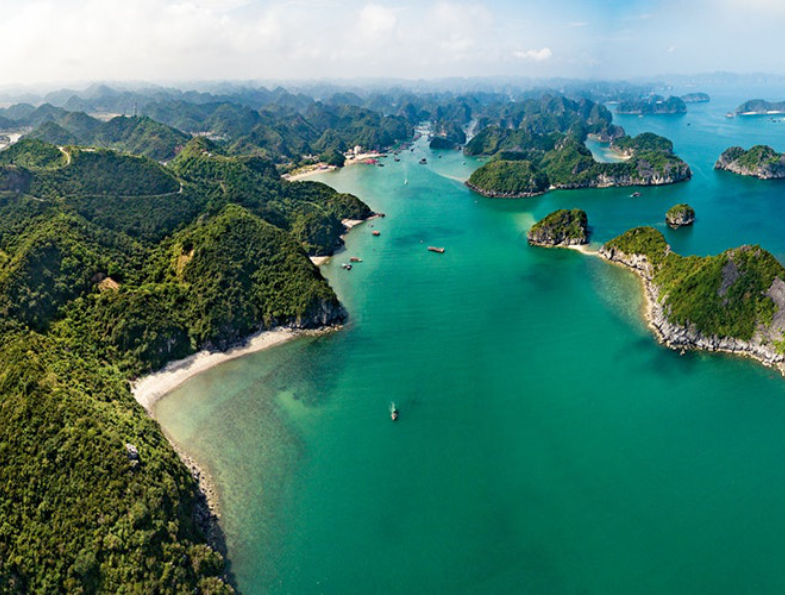
Local weather in Northern Vietnam
Northern Vietnam has relatively high temperatures and humidity all year round, with the local weather influenced by the Chinese mainland and having a subtropical monsoon climate. Meanwhile, part of the Coastal region is influenced by the warm subtropical climate and humid monsoons from the mainland.
The local weather in Northern Vietnam has a subtropical monsoon climate with four distinct seasons: spring, summer, autumn, and winter. At the same time, every year it is influenced by the Northeast monsoon and the Southwest monsoon. The average annual temperature gradually increases from the North to the South and has a harmonious climate, typical of the Northern Delta and coastal areas.
Summer starts from April to October, this is the period when the local weather becomes hot, humid and rainy until the monsoon emerges. Winter from November to March is cold, humid, and drizzly. The average annual temperature is about 25 °C, the average rainfall is from 1,700 to 2,400 mm. In winter, the temperature drops to its lowest in December and January. This time in the northern mountainous areas (such as Sa Pa, Tam Dao, Hoang Lien Son) sometimes the temperature drops below 0 degrees Celsius, there is frost and there may be snow.
Local weather in Northern Vietnam often suffers from many negative impacts of weather, on average there are 6 to 10 storms and tropical depressions every year that cause floods, directly threatening life. and the local agricultural sector in the region.
If you plan to travel to Hanoi - consider a trip in March - May or September - November. This is the time when the local weather is at its best and you will experience All the wonderful things about this beautiful city.

Local weather in Central Vietnam
Local weather in Central Vietnam is divided into two main regions including North Central and South Central Coast.
North Central region (including the entire north of Hai Van pass). The local weather here in winter is less intense than in the Northern region, but this wind flows in the Northeast direction, carrying water vapor from the sea, so this entire area is affected by the accompanying cold weather. The rain resembles the local weather in Northern Vietnam. In the summer, there is no more steam coming in from the sea, but the southwest monsoon (also known as the Lao wind) blows upward, causing hot, dry weather. At this time, the daily temperature can reach over 40 degrees Celsius. Meanwhile, the humidity in the air is very low.
Local weather in the South Central Coast (including the South Central coastal plain south of Hai Van Pass) has a higher temperature range because the northeast monsoon when it blows here often weakens due to the blocked by the Bach Ma mountain range. Therefore, in the summer, when the southwest monsoon blows strongly from the Gulf of Thailand and flows over the Truong Son mountain range, it will cause hot, dry weather for the entire region.
The outstanding feature of the local weather in the Central region is that the rainy season and dry season do not occur at the same time of year in the two local weather regions of the Central and the South.
In general, with the local weather in the South Central Coast region, you can travel at any time of the year, but you should still limit peak travel times to avoid tourist areas being blocked. Overload. Meanwhile, in the North Central region, you need to determine your destination before considering the weather factor.
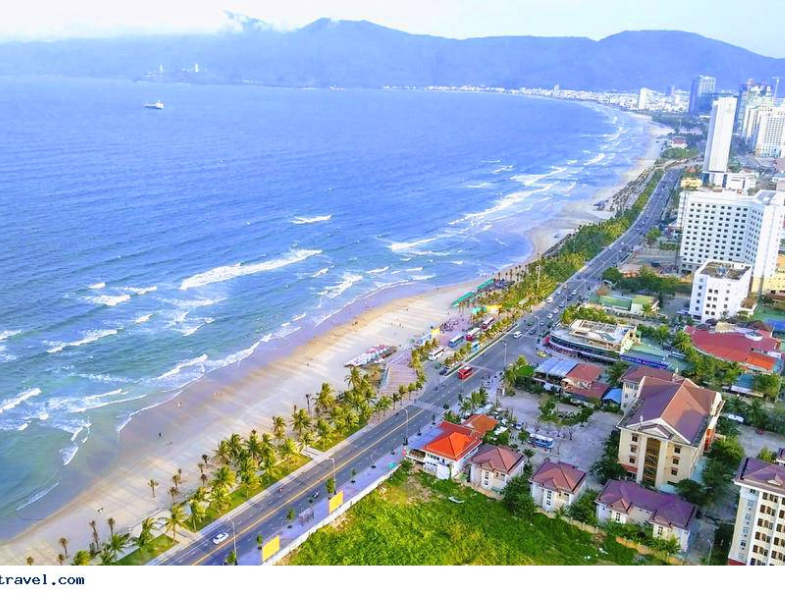
Local weather in Southern Vietnam
The local weather in Southern Vietnam is located in a typical region of tropical monsoon and sub-equatorial climate, with rich heat and humidity, abundant sunlight, long radiation time, high temperature and total temperature. The day and night temperature amplitude between months of the year is low and moderate. The average annual humidity ranges from 80–82%.
The year-round climate is characterized by two main seasons: dry season and rainy season. The rainy season is from May to November, the dry season is from December to April. Rainfall is unevenly distributed, gradually decreasing from the area bordering Ho Chi Minh City to the West and Southwest areas. Therefore, a great time to travel in Southern Vietnam will be when the local weather is in the dry season from December to April.
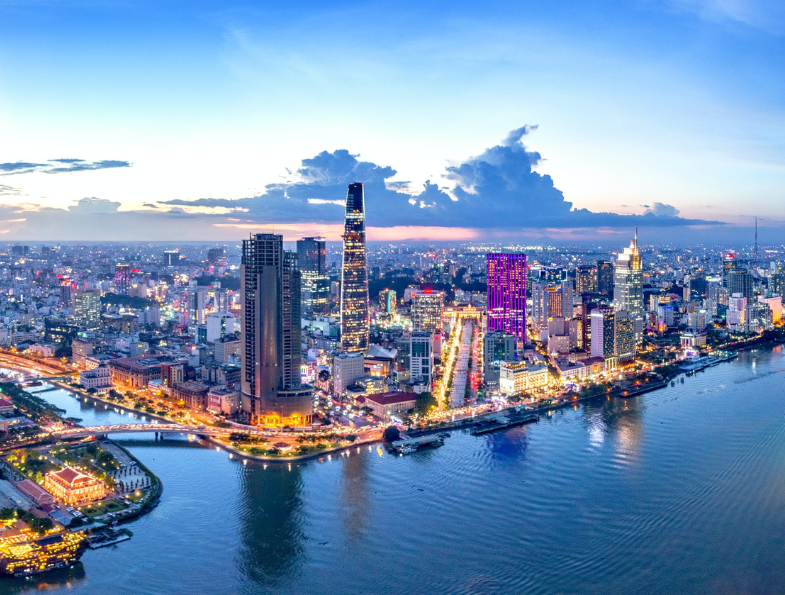
Conclude
To prepare yourself for a wonderful trip in any country. Learning about the local weather is always one of the mandatory factors if you want a perfect trip. No one wants their trip to be hindered by storms and no one wants to go to the mountains in drizzly weather.
Vietnam is known as a country with a long coastline and diverse culture and cuisine. At the same time, the local weather in this country is also diverse and if not understood, it will be very difficult for tourists to fully experience their trip here.
Hopefully through the above article of VietNam Local Guide, you will have a little more information to prepare for your trip to this beautiful country.
See more
-
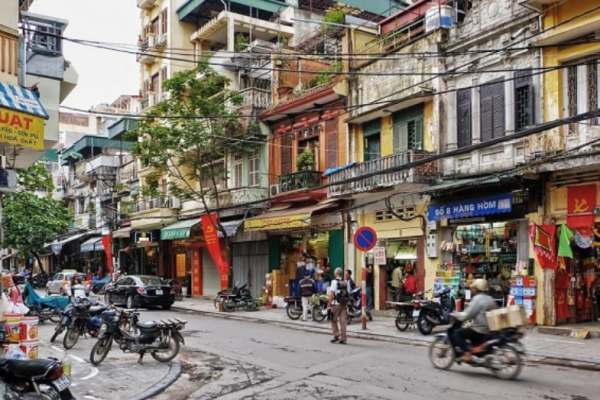
Hanoi Old Quarter: What keeps tourists coming?
Hanoi Old Quarter , is one of the most attractive destinations to explore and experience the traditional culture of the capital Hanoi, Vietnam. With more than 1,000 years of history, this...
-

Hanoi food: Unique dishes that you should try when coming to Hanoi
Referring to Hanoi food , or more broadly, dishes in Vietnam. Foreign tourists will immediately enjoy dishes like Pho, Banh Mi, Egg Coffee, etc. These dishes seem to have become trademarks and no...
-
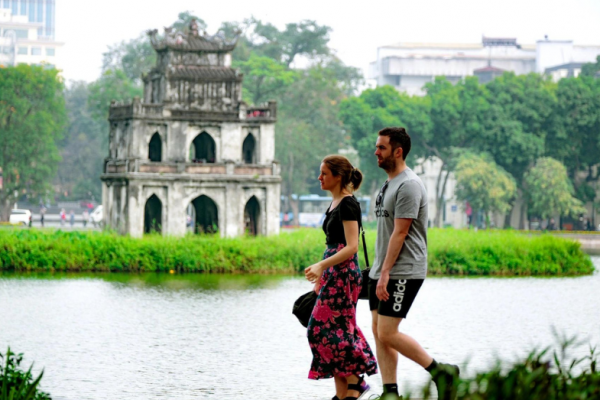
Hanoi attraction: Activities that attract tourists in Hanoi
Hanoi, the capital of Vietnam, is an attractive destination with rich historical culture, beautiful landscapes, and friendly people. Below are some activities in Hanoi attraction tourists when...
-
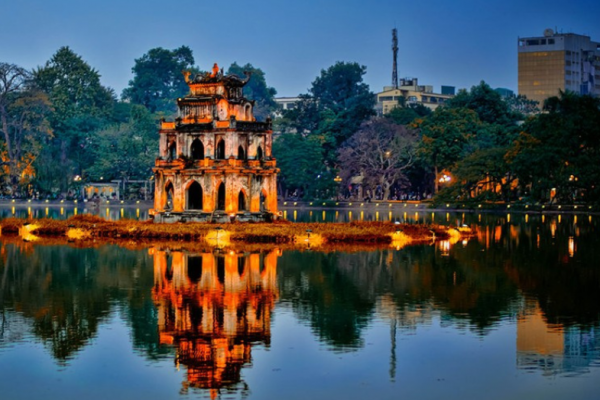
Ha Noi: The most romantic city in Vietnam
Referring to the most romantic cities. Surely many people often think of Venice in Italy or Paris in France. However, in Southeast Asia there is also an extremely romantic city that has captivated...
-

10 Vietnam beaches that you should visit once
With more than 3,200 km of coastline, it is no surprise that Vietnam possesses many beautiful beaches and many small bays with smooth white sand and clear blue sea water. These are ideal...